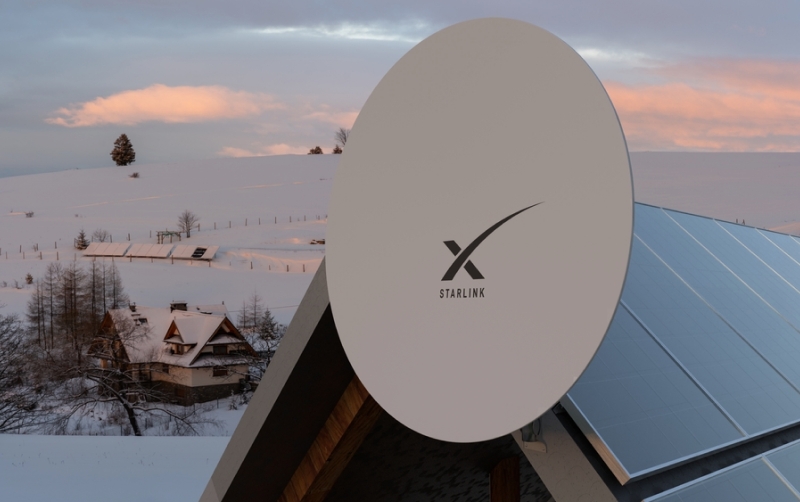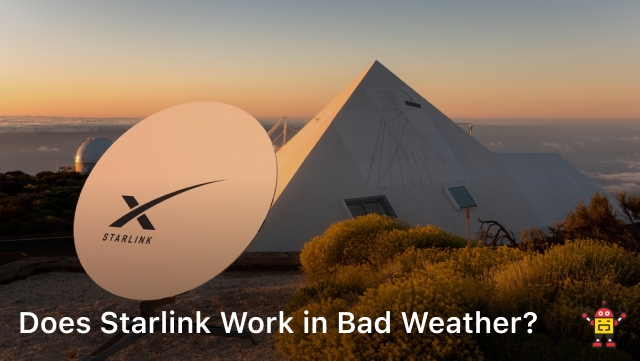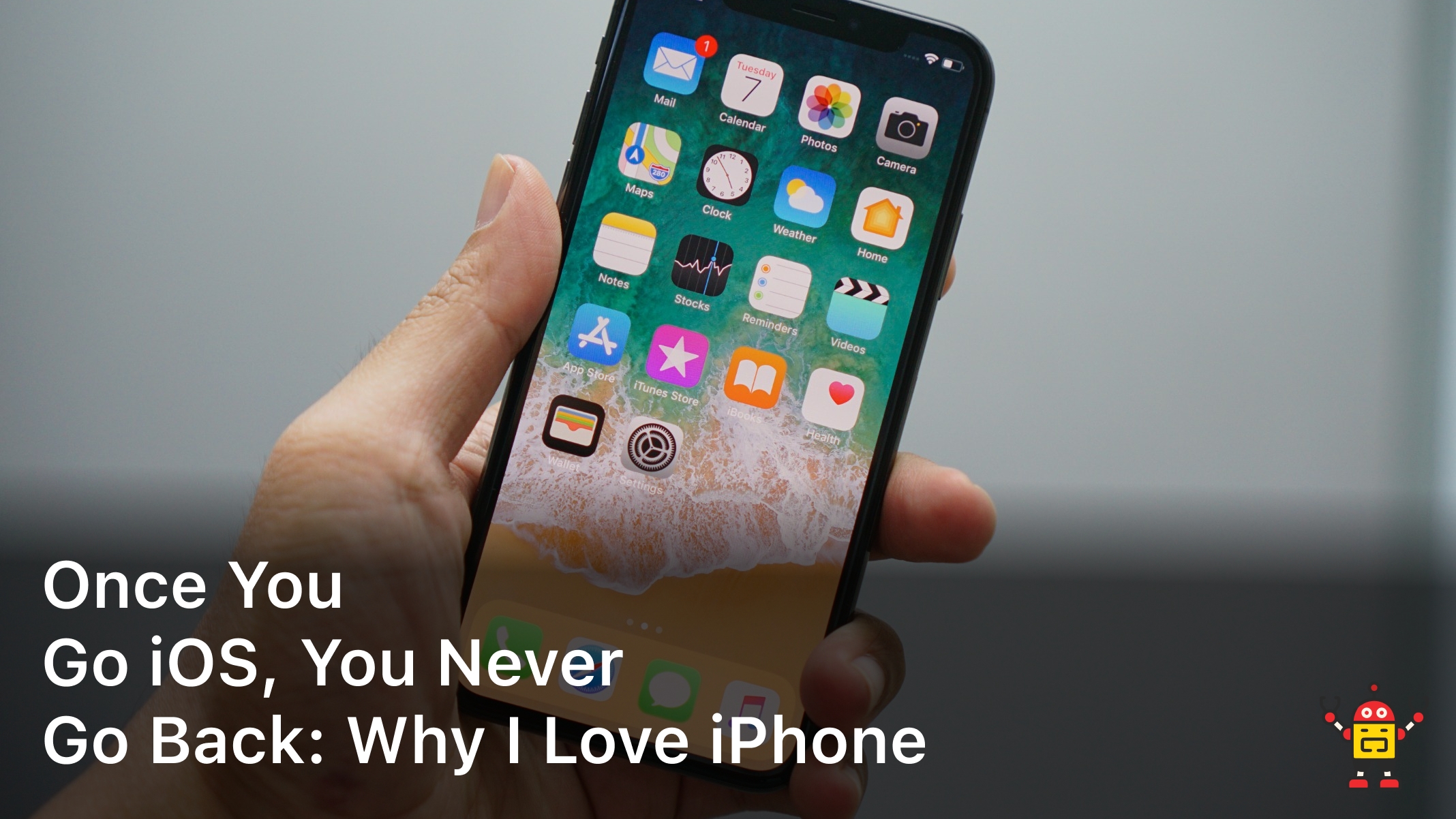You’ve been hearing a lot about Starlink and how it can provide high-speed, low latency internet access even in remote areas.
But what happens when the weather takes a turn for the worse?
Can Starlink withstand rain, snow and wind and continue providing connectivity?
The good news is yes, Starlink can work in bad weather for the most part.
The satellites Starlink uses are in low Earth orbit, so they are not as impacted by weather events happening closer to the ground.
While very heavy rains or dense cloud coverage could potentially disrupt service for a few minutes, light to moderate weather conditions should not pose an issue for your Starlink internet connectivity.
Starlink was built to be a resilient network that can handle what nature throws at it.
So when the weather outside is frightful, your internet with Starlink can still be delightful! Stay connected no matter the weather with Starlink.
How Starlink Satellites Provide Internet From Space
Starlink satellites orbit at an altitude of only 550 kilometers, much closer to Earth than traditional internet satellites.
This means Starlink can provide super-fast internet speeds of up to gigabit-level connectivity, even in remote areas where access has been previously unavailable.
Low Latency Internet From Space
The low Earth orbits of Starlink satellites mean signals don’t have as far to travel, so you’ll experience latency of only 20 to 40 milliseconds comparable to ground-based broadband networks!
This ultra-low latency connectivity allows you to do data-intensive tasks like online gaming, video calling, and stock trading without lag or buffering.
Satellite Internet That Works in All Weather
Starlink’s constellation of thousands of satellites and advanced phased array antennas on the ground create a meshed network that can automatically route signals around any blockages, so you’ll stay connected 24/7, regardless of rain, snow or wind conditions.
Reliable High-Speed Internet Wherever You Are
The global coverage provided by Starlink’s ever-growing constellation of satellites means you can enjoy fast, low latency internet service almost anywhere on the planet.
As long as you have a clear view of the sky, you’ll have a reliable high-speed connection to keep you productive, entertained and connected wherever your adventures may take you!
Why Bad Weather Can Disrupt Satellite Internet
Starlink is designed to provide fast, low latency internet access even in remote locations, but what about when the weather turns nasty?
Unfortunately, bad weather like heavy rain, snow or dense cloud cover can disrupt your Starlink satellite internet connection.
Why Rain and Snow Interfere
Satellite signals have to travel through the atmosphere to reach your Starlink dish and precipitation can block or scatter these signals.
The denser and heavier the rain or snow, the more likely it is to cause issues.
Light to moderate rain or snow flurries probably won’t impact your service, but downpours and blizzards might.
How Clouds Cause Problems
Thick, dense clouds, especially low-lying ones, prevent satellite signals from reaching your Starlink dish.
They act like a barrier between the satellites orbiting above and your receiver on the ground.
While high, thin clouds typically won’t affect connectivity, overcast skies or fog are more likely to cause trouble.
The good news is these types of interference are usually temporary.
Once the weather system moves on and the sky clears up, your Starlink service should start working properly again.
If your outage continues for an extended time, try rebooting your Starlink dish to re-establish the connection.
You may need to contact Starlink support for help troubleshooting and restoring your internet access.
While no technology is perfect, Starlink works hard to provide fast, reliable satellite internet service as often as possible.
A little bad weather may slow you down, but it won’t keep a good connection down!
Starlink’s Advances for Providing Internet in Poor Weather

Starlink’s satellites are equipped with technology allowing them to provide internet access even in poor weather conditions when other providers may struggle. This means you can stay connected rain or shine!
Advanced Phased Array Antennas
Starlink satellites have phased array antennas that can dynamically change the direction of the beam to accurately target users on the ground.
These antennas are able to swiftly adjust the signal to account for atmospheric interference and continue providing you with a fast, low latency connection.
No more buffering or lag even when there’s heavy rain, snow, or fog!
Laser Interlinks
Starlink’s constellation of satellites are interconnected through laser links, allowing them to communicate with each other in space.
If weather is disrupting the signal between the satellite and your dish, it can simply pass the signal to another satellite with a clearer line of sight to your location.
Your internet connection is seamlessly handed off between satellites to ensure you stay online during storms.
Diversity of Satellite Paths
With thousands of satellites orbiting in a dense constellation, there are many possible paths for the signal to reach you.
Starlink leverages this diversity to its advantage.
If weather affects one path, the system automatically switches your connection to an alternative path through clear skies.
Multiple paths mean more reliability so you get connectivity when you need it most.
While no technology is foolproof, Starlink’s advanced space-based network is designed with your connectivity in mind.
Their innovative satellites and software allow them to overcome challenges like weather that often disrupt other providers.
Starlink is working to ensure people across the globe have access to high-speed, low latency internet whenever and wherever they need it. Rain, snow or shine, Starlink has got you covered!
User Experiences: Does Starlink Work in Bad Weather?
Does Starlink work in bad weather?
The short answer is yes, most of the time! Starlink’s low Earth orbit satellites are designed to provide consistent coverage even during heavy rain, snow and cloud cover.
User Experiences
Starlink beta testers have reported solid uptime and performance in a variety of weather conditions.
According to users on Reddit and other forums, Starlink has held up well during:
- Heavy rainstorms and downpours: Users report no major issues with connectivity or speeds. The signal may weaken briefly but service typically remains intact.
- Dense fog and low clouds: Unless visibility is near zero, the satellites can still link to each other and beam a signal down to your dish. Performance may be slightly reduced but most users say it’s still fast and reliable.
- Moderate snowfall: As long as your dish has a clear view of the sky, light to moderate snow should not disrupt your Starlink service. The dish is rated to operate in temperatures as low as -30° C so a little snow won’t hurt it!
- High winds: The Starlink dish is securely mounted to withstand most weather events. As long as it remains firmly attached and pointed skyward, wind alone should not impact your connectivity.
While extreme weather events like hurricanes, wildfires or meters of snow may temporarily limit service, Starlink’s space-based infrastructure is far less vulnerable to outages than traditional ground-based internet providers.
By placing thousands of satellites in orbit, SpaceX has created a robust, redundant network that can quickly route around any problems and keep you connected even when the weather outside is frightful! Overall, you can feel confident that Starlink will work for you rain, sleet or snow.
Tips for Improving Your Starlink Connection in Bad Weather
When the weather outside is frightful, your Starlink connection may not be so delightful.
But don’t worry, there are a few tips and tricks you can try to boost your signal strength during storms and bad weather.
Find the Best Spot
Move your Starlink dish to the highest, clearest spot on your property.
The higher up it is, the less interference from buildings, trees and terrain.
An open area away from obstructions will give you the strongest, most reliable connection.
If possible, face the dish towards the nearest ground station for the best reception.
Point it Upwards
Tilt your Starlink dish up at a slightly steeper angle, around 5 to 10 degrees higher than usual.
Pointing it up higher in the sky can help capture signal that isn’t affected by weather closer to the ground.
You may need to make minor adjustments to find the sweet spot.
Give it Some Space
Make sure there’s plenty of open space around your Starlink dish.
Weather like heavy rain, snow, and fog can interfere with the signal, so give it at least a few meters of clearance in all directions.
The more open sky the dish has access too, the less the weather will impact your connectivity.
Be Patient
Bad weather is often only temporary, so try to be patient if your Starlink goes out or slows down during a storm.
The signal may return once the weather system passes and the sky clears.
Starlink is still improving their satellite constellations and ground stations to provide more reliable service in severe weather and remote areas.
As the network expands, connections should become more steady and speeds faster no matter what’s happening outside.
Staying optimistic and proactively adjusting your Starlink dish can help weather the storms and stay connected.
With time and improvements to the network, Starlink will continue working to overcome even the worst weather and bring you a fast, dependable internet experience.
Conclusion
You’ve learned that Starlink can work remarkably well even in poor weather conditions.
While heavy rain, snow and dense cloud cover may temporarily disrupt your connection, the advanced technology behind SpaceX’s satellite constellation is engineered to provide consistent coverage.
Outages are often brief, and service is frequently restored within minutes.
The more satellites launched, the more resilient the network becomes.
Though still not quite as reliable as a traditional wired internet connection, Starlink continues to impress with its capabilities.
For those living in rural or remote areas, it opens up a whole new world of connectivity and access.
No longer will a stormy day mean isolation from friends, family, news and entertainment.
Starlink’s satellites are paving the way to bring fast, affordable broadband to places where it was never before possible.
The future is looking bright, come rain or shine!
Stay tuned as SpaceX works to make their satellite internet service even faster, more affordable and available to more people across the globe.
The world is about to get a whole lot smaller, and that is incredibly exciting.






